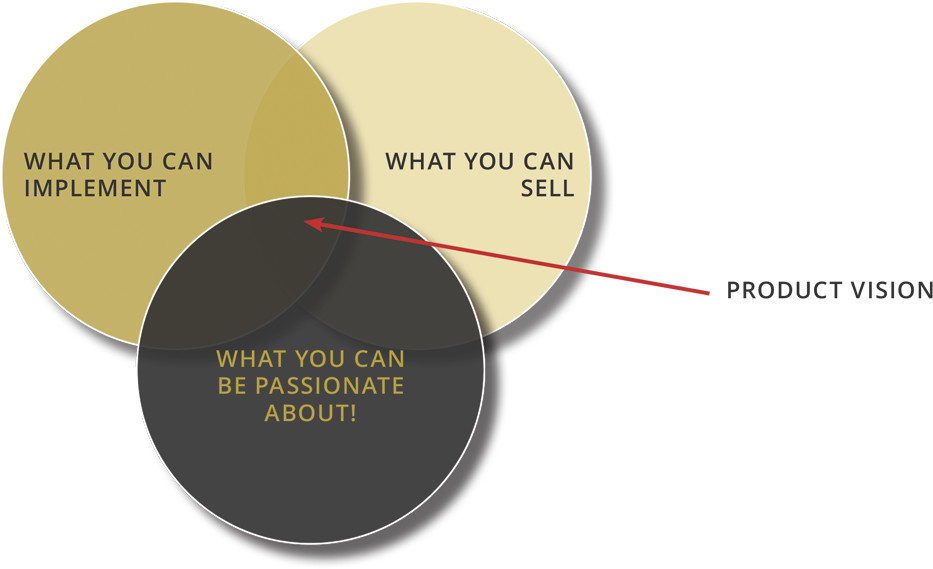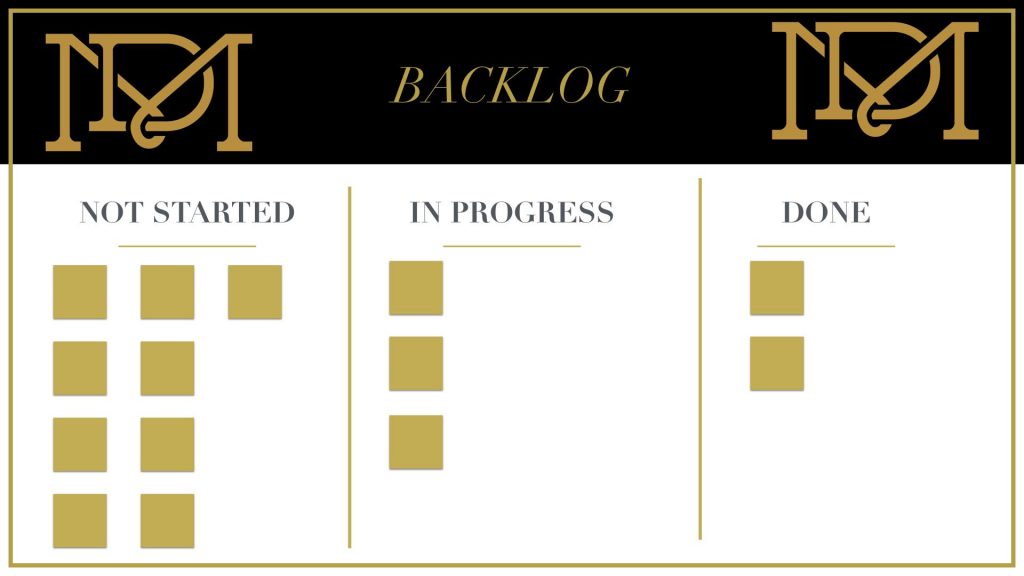I’ve always found NYE to be a flawed holiday.
Either I go low key (and it’s a bit of a bore), or I try and go all out (and fall flat on my face).
Just ask Devin about the food poisoning incident of 2012…
Last NYE, I was experiencing the glamour of life 2 weeks postpartum so I vowed to myself that next year would be different. And different it was…

We were able to secure the elusive unicorn, that is the NYE babysitter, and went with some great friends to a black tie dinner at my favorite French restaurant, Le Grenouille, in NYC.
The evening was SUCH a success that I committed social media suicide and posted 6 photos in less than an hour. 😐
Hey – you’re not really having a good time unless everyone sees what a good time you are having, right? 😉
Designing a successful NYE in NYC requires skill, strategic planning, and key partnerships. You wouldn’t believe the hoops that I had to jump through.
But hey – what mama wants, mama gets!
Honestly, the hardest part was just dialing in what “the perfect NYE” actually looked like to me and then figuring out how to make it happen.
Which brings me to the purpose of today’s post…
Since having my daughter, last December, I have realized that anything is possible with clarity and the right systems in place.
I’ve been mildly obsessed with the project management system known as “Scrum” for years, but have a whole new level of respect for it now that so much more is on my plate.
And one of the keys to Scrum, as described in the book, The Art of Doing Twice the Work in Half the Time, is breaking down your work into sprints.
If you’re like most people, you probably have been working on creating a vision and goals for the new year; you know what you hope to have achieved by the time next December rolls around on the calendar.
But have you figured out how you will get there?
It wasn’t until I sat down with my productivity coach, Todd Herman, that I realized how much I needed a tool to help me get where I wanted to go. I had big dreams and lofty goals, but I was struggling to visualize how I would achieve them on a day-to-day basis.
What I learned is that goals are important, but sprints are the tool that will allow you to achieve those goals, bit by bit and step by step, in ways that you can measure and evaluate as you go.
I’ve created a Sprinting into 2017 worksheet that you can download here which will help you create momentum to plan and meet your goals this year.
The power of sprints
The Scrum methodology was designed with teams in mind and how to make teams work more efficiently and effectively together, but it can also be applied to individuals.
At the core of a Scrum is the concept of “Sprints”. It’s how work is organized, how goals are set, and how projects are worked.
A sprint is a set amount of time in which a certain number of tasks are assigned to get done. At the conclusion of a sprint, the goal is to demonstrate something usable and/or sellable to the consumer.
For example, most sprints are two weeks long, and so you only plan out what you can accomplish in two weeks. At the conclusion of those two weeks, you evaluate what you did and how you can test it. The goal is to get something new out into the world so that you can get feedback on it.
While “Sprints” were designed for teams, they can be adapted well for individual work, which is what we will focus on here. Sprints work beautifully for individuals who can create the discipline and mindset to create a routine or ritual out of working in sprints.
The sprint framework centers around an understanding of the product vision.

When prioritizing your work in your business and for sprints, it’s vital to always keep your product vision in mind. This vision should be at the intersection of what you can implement, what you can sell, and what you can be passionate about.

1. Create a backlog
Your backlog should consist of everything that you could do in your business to serve your clients and customers on a project level. This is where you’ll pull from to organize and plan your sprints.
You organize your backlog by prioritizing those things that offer the most value or benefit to your customers. You should always be evaluating this list, re-organizing it based on changing priorities, and keeping it updated.
One of my favorite things to do is to get a big whiteboard and a pile of sticky notes, and creating two columns: DONE and NOT DONE. And my backlog is everything in the NOT DONE category. And slowly, things get moved over from not done to done as we make progress.
ACTION: Schedule a time to sit down and create your backlog. It doesn’t matter whether you use sticky notes and a whiteboard as I like to do, or your favorite project management software; the important thing is to get all your ideas out of your head and onto paper.
Then, you can begin to organize them by priority. Ask yourself: Which tasks will create the most value for my customer or move me closer to my project vision?
2. Work within a specific time frame
The next step is to define how long your sprint will be. Sprints should be long enough for you to be able to get a measurable amount of work done, but they shouldn’t be too long to where you lose motivation, momentum, and lose sight of your immediate objective.
I recommend organizing your sprints in 2 week intervals.
ACTION: Print out a calendar or pull up a calendar online and look at the next two weeks for planning purposes.
3. Plan in reality
Once you’re ready to plan your next sprint, you’re going to pull however many of the to backlog items you can feasibly get done in that time period. Be realistic, and be disciplined about this.
IMPORTANT: You only move projects from the top of your backlog to your sprint because these will be the highest priority things to do.
Once you create your sprint tasks, there is no adding or removing items from the list.
The goal is to get that list done.
ACTION: Move items from your Backlog to your Sprint, and try to be realistic about what you can actually achieve in the timeframe of the sprint. If you need to break a task down into smaller chunks, do so.
4. Create a “Definition of Done”
What you get done in a sprint may not be the final version of a project, or be 100% complete, but you should always define what you’re working on will look like at the conclusion of a sprint and have something to show for your work.
So, if you’re creating a 12 week course for example, maybe your definition of done at the conclusion of 1 sprint will be completed worksheets for the course while your definition of done for another sprint may be completing the video portion.
ACTION: What is your “definition of done” for this sprint? How will you measure whether or not you’ve achieved your goals?
5. Make your work visible.
A way to get your mindset right and wrapped completely around your sprint is to make it visible. Teams that work together create “Scrum Boards” so that anyone working on a project can see where the team is at any given time.
You can create this for yourself in your office with the whiteboard and stickies if no one else needs to use it, or use a digital tool like Asana’s Boards feature, Trello, or any other project management tool you like.
The important thing is that you should be able to see everything and update it every single day.
ACTION: Create or display your Sprint board somewhere that you and anyone else working on the project can see and update it daily.
6. Review your sprint progress daily
You should begin each work day of your sprint reviewing your progress or doing what’s called “The Daily Stand Up” in Scrum. This is so at every step of the way you understand how you’re progressing, what you’re getting done, what is impeding your progress, and so you can identify ways to overcome those roadblocks.
Make a ritual each morning of asking yourself:
- What did I get done yesterday that gets me closer to finishing this sprint?
- What will I get done today that gets me closer to finishing this sprint?
- Is there anything in my way to getting my sprint completed and all tasks done?
ACTION: Put an appointment in your calendar every work day, or set an alarm on your phone, to remind yourself to check in. Include team members as necessary.
7. Demo your done
It is very important in sprints to work towards something that can be demonstrated. You never want to spend the duration of a sprint working and then have nothing to show for it.
Demos should drive your goal setting and the priorities that you give to tasks. If you don’t realistically think it’s possible to get a demo made by the end of a sprint, then it’s too big of a goal to create for that sprint, and you need to break it down into smaller parts.
When you’re working as an individual, this is also a great way to build in accountability by actually showing someone what you’ve been working on. Set up an appointment with a business friend or colleague to show them what you’ve accomplished at the end of the sprint.
ACTION: Check yourself: What will you demo at the end of your sprint? To whom will you demo it?
8. The retrospective
After each sprint, you should reflect on the experience as a whole. You’re not just measuring what you got done, you’re measuring and reflecting on how you did the work, what worked well (and what didn’t), and also how you felt during the sprint. Were you happy?
After you reflect on a sprint, you immediately plan and launch the next sprint — applying what you learned, fixing what you need to fix, and making adjustments to your list of priorities and objectives. And then you repeat the process until you reach your objective.
ACTION: Schedule time for your retrospective at the end of your sprint into your calendar. Make an appointment with yourself to go over these questions and plan for your next sprint.
Once you get the hang of working in sprints, I predict that you’ll never want to go back. It’s incredibly gratifying and satisfying to sit down for a retrospective and see not just how much I accomplished over the previous sprint, but how each sprint is a building block toward my ultimate goals.
If you’re ready to get started sprinting into the new year, click here to download my Sprint into 2017 worksheet and I bet you’ll be as obsessed as I am!


